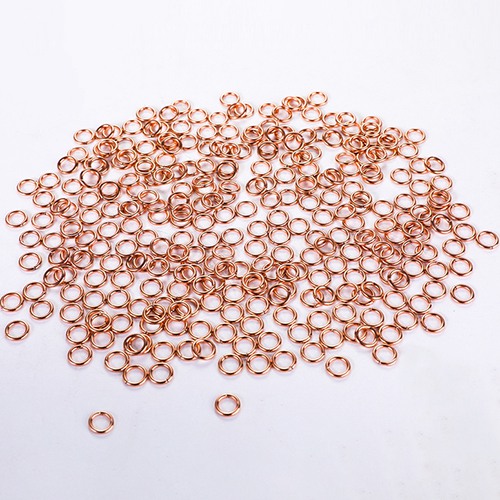Technological advancements have significantly changed Brass Welding Rings, this has brought revolution in their production and application across industries. These innovations are geared towards improving performance, efficiency and reliability to ensure that they meet the diverse needs of various applications. The latest technological innovations in the production and application of brass welding rings will be discussed below:
Precision Manufacturing Techniques
One significant breakthrough in the technology of brass welding ring is the use of Precision manufacturing. Sophisticated machining processes such as computerized numerical control (CNC) machining and laser cutting have enabled manufacturers to achieve unprecedented precision and consistency in producing brass rings. This accuracy guarantees size uniformity, smooth surfaces, tight fit ups that make welding rings suitable for all types of applications. Uniformity leads to high quality products, which reduce defects guaranteeing reliability.

Improved Alloy Compositions
Technological innovations have also resulted into better brass alloy compositions that are tailor-made for specific applications. By adjusting proportions of copper, zinc and other alloy elements, it becomes possible to optimize the properties of a particular type of welding ring as regards hardness, corrosion resistance or electrical conductivity among others. Advanced metallurgical research allows for development of improved alloy designs resulting to good performing copper alloys which can withstand extreme environments including; high temperature and corrosive substances more effectively compared their previous counterparts. These improved alloy compositions guarantee more durability and longevity on such types after being used under severe conditions.
Surface Treatments
Surface treatments play a vital role in ensuring that brass welding rings perform well over a long time without wear out quickly. Modern surface coating technologies like electro-plating, anodizing and chemical passivation have gone further to shield them against corrosion, wear out or any other environmental damage. Such treatments prevent oxidation as well as tarnishing while protecting the underlying metal from corroding or degrading over time by creating lasting barriers between it an atmosphere so as not to get damaged through some reactions. In addition to this, such surface modifications may also help impart beneficial characteristics such as lubricity, antifouling properties and aesthetic appeal thus improving functionality and the appearance of these brass welding rings. Manufacturers are incorporating state-of-the-art surface treatments for welding rings to ensure that they retain their full integrity and operational capacities through all their service life.
To summarize, technological advancements in brass welding rings have brought about significant improvements in precision manufacturing techniques, better alloy compositions and innovative surface treatments. As a result of these innovations, welding rings have higher performance levels, operate efficiently and are more reliable when put to various applications within different industries. Owing to changes in technology over time, the role of brass bonding solutions will continue being relevant since it will be serving as a primary materials suppliers for joining and sealing solutions providing strength, durability and flexibility across diverse manufacturing processes including those used during repairs operations.